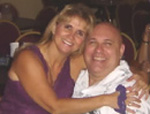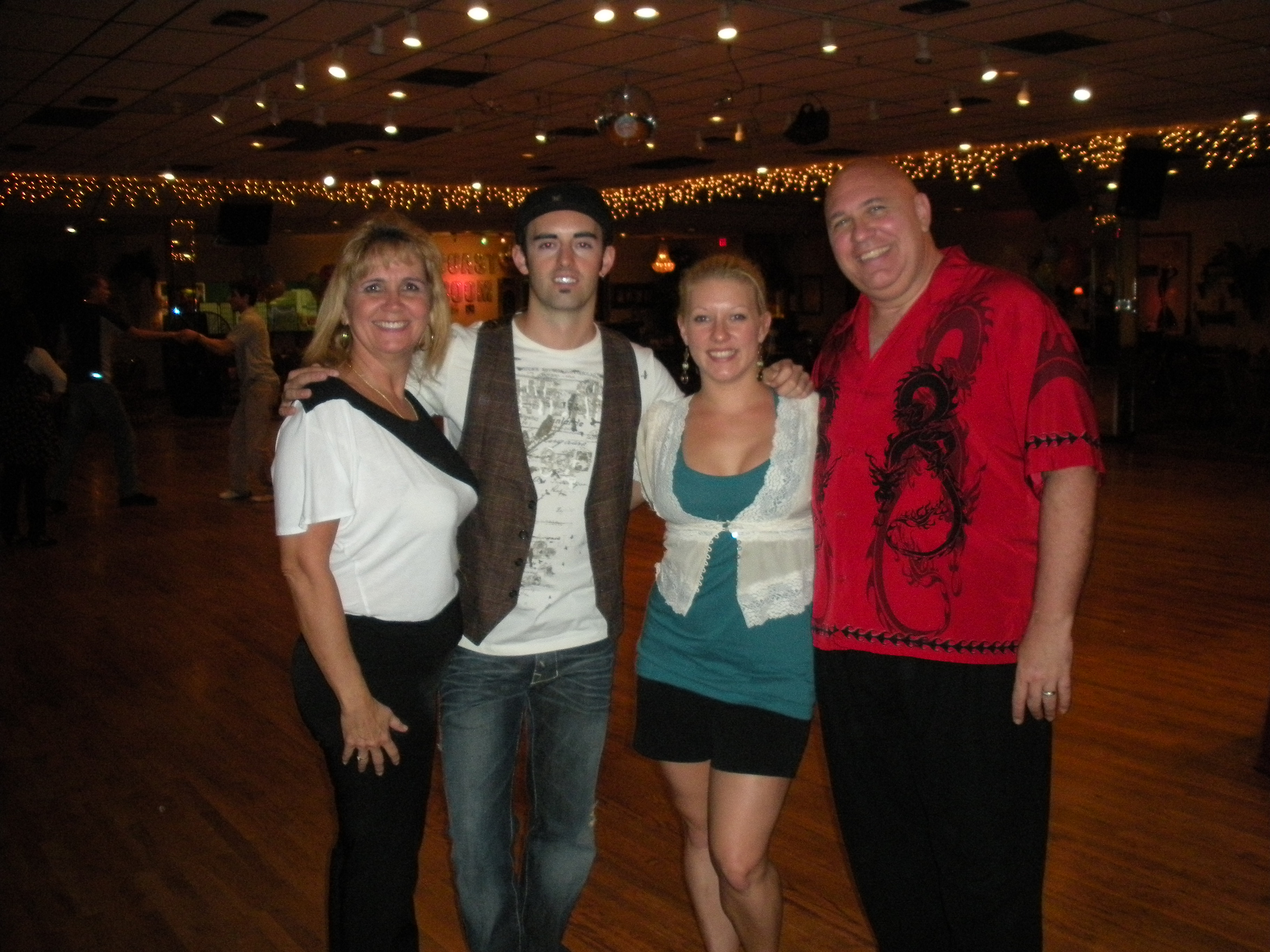
To View Currect Classes, Click Here!
Our 10 Current
Favorite Songs
 Where Are We Going Next???
Click Here
Interested in Private Lesson?
We can teach any partner dance style, trained and certified by the GSDTA (Golden State Dance Teacher Association). We specialize in West Coast Swing. We offer private lessons at convenient locations around the South Florida area and love to work with new dancers. Please contact us for more information or to schedule lesson!
|
|
Coming At Cha
06.07.07

I know that several of my teachers have expressed that learning one dance is like learning several. Many techniques and patterns can be transitioned from one style of dance to another. The only problem with this is how do we go about doing this?
Techniques that involve centering your body and moving it to music are universal and indeed become useful in any dance once you get past just stepping and dance with your entire being. Trying to take an underarm turn and move it from hustle to swing or salsa can be a whole other ballgame.
I have run into several "purists" who disdain some dancers as using too much hustle in their swing or too much swing in their hustle. If you take a move and use it just like you do in the original dance, they may have a point.
Each dance has a unique pulse. The accent of your steps and body movement are on a particular beat in the music. Take a cha cha for example. When danced correctly, the pulse of the cha is on the 1 and the 5 beats of an 8 beat dancer's measure. If you dance cha with a tightening of your body around your core or center on those beats, your cha cha will look more polished and in tune with the music.
Now try dancing a pattern in West Coast Swing and pulse the 1 and the 5 in the music. What you will find is that it will look and feel like you are dancing cha cha instead of WCS. In WCS, the pulse is on the downbeat (the 2,4,6 and 8 in a dancer's measure). Try dancing your side passes with your pulse on the even beats of music (picture the natives in Africa dancing a tribal dance. They roll their sholders in and contract their stomach muscles in their dance. This is an exaggeration of the pulse we use in dancing. Try to tighten the muscles in your chest and stomach area around your solar plexus without caving in your chest or shrugging your shoulders on each of these beats. When you do this subtly, you feel the music more and the look is more in tune with the dance.). After you try your passes that way, try pulsing the 1 and the 5 beat. In WCS, you will find this awkward and will not feel right, almost like nails on a chalkboard.
In any dance, moving a pattern from another, you need to adjust the pattern to the pulse of the new dance. Watch others doing this and see if they accomplish this transition. If they still look like they are dancing the original dance, then they probably are (if it walks like a duck and quacks like a duck, it must be???). If it blends in with the dance they are dancing, then they have adjusted the patterns to the pulse of the new dance. Talk with them and ask how they adjusted. This takes practice and if you have others sharing the ideas, you will find it easier to find the keys that unlock this process. Experiment and give positive feedback to each other when you are sharing with others. When a group helps each other with ideas, a general rise in dance level of that group will occur.
Many dancers become pattern oriented and apply these patterns as if all dancing was the same. Don't get in that rut. Learn a little more about each dance and what makes each one unique and fun in its own way. You will find that your dancing becomes better and your enjoyment of other forms increase. Can't have that now, can we????
|
DanSynergy Inc.
•
Beth Perrotta
561-346-8233 •
beth@dansynergy.com
•
Bruce Perrotta
954-464-9210 •
bruce@dansynergy.com
|
|




